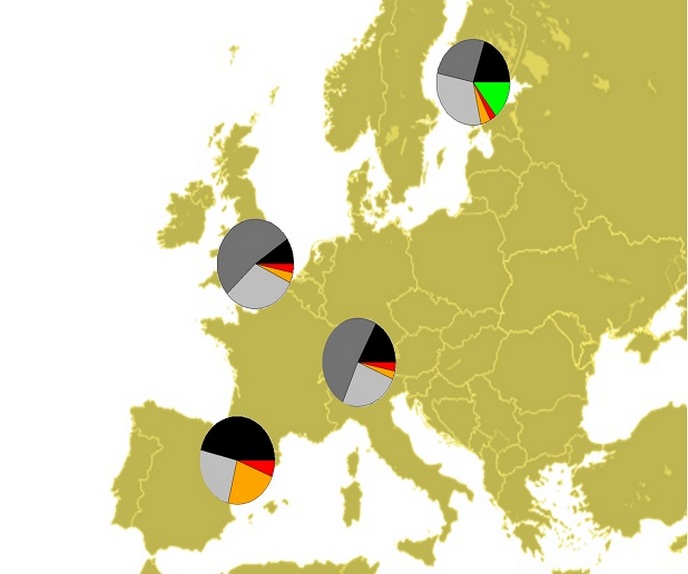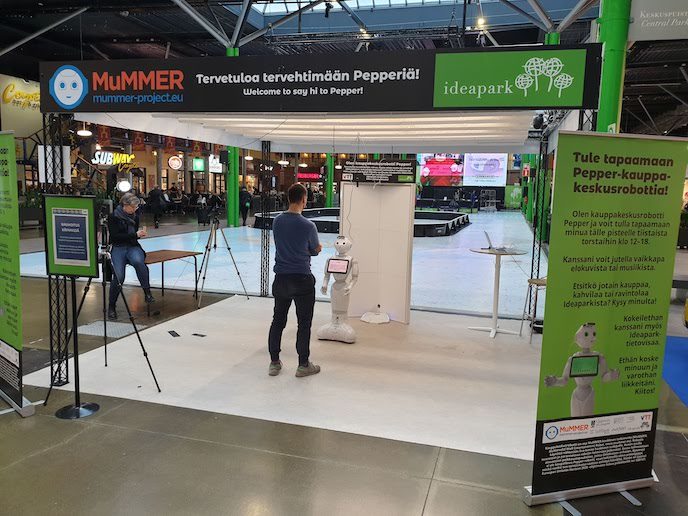Multi-sensor system protects health and the environment
Closed windows can reduce a building's energy consumption, but this may result in adverse health effects for those who live and work inside them. This is due to the build-up of chemicals from furniture, carpets, paints and cleaning agents. The solution lies in a cost-effective, intelligent ventilation system that automatically supplies fresh air to individual rooms as and when needed, which can be adapted to specific locations such offices, schools, hospitals or private homes and even specific rooms. This challenge was taken up by the project SENSINDOOR(opens in new window) (Nanotechnology based intelligent multi-sensor system with selective pre-concentration for indoor air quality control). Project partners have successfully developed a nanotechnology-based microsystem for selective monitoring of hazardous VOCs to allow demand-controlled ventilation in indoor environments. 'The highly sensitive system can detect hazardous VOCs, primarily benzene, formaldehyde and naphthalene at parts per billion (ppb) concentration levels in indoor air selectively against a complex background of other organic and inorganic gases', says project coordinator Professor Andreas Schütze. 'This was achieved by novel technologies for gas-sensitive layers deposited by pulsed laser deposition (PLD) on two microsensor platforms: metal oxide semiconductor and silicon carbide based gas-sensitive field effect transistors.' These sensors were combined with selective pre-concentrators based on metal-organic framework (MOF) materials deposited on micro hotplates, which absorb the target gases. The integration of novel gas sensors and pre-concentrator in one microsystem achieves unprecedented levels of sensitivity and selectivity. If the concentration of one or more hazardous VOCs is above a specified limit, the ventilation system is automatically activated and fresh air is introduced to reduce the exposure, thereby ensuring good air quality. 'Scaling-up all the technologies involved, especially deposition of the gas-sensitive PLD layers and the calibration of the sensors, demonstrated the potential low-cost of the developed systems and thus their commercial viability. This will allow air quality sensors to be installed in each room for comprehensive control of ventilation processes', Schütze explains. Researchers have also worked together with other projects in the field of metrology. The purpose was to address the need for standardisation in VOC measurements and to establish reliable standards and benchmarks for comparison of different sensor solutions. These standards are essential for users who cannot check the claims made by manufacturers. They are also an improvement on other sensors that are on the market that monitor indoor air quality with a sum parameter for VOCs only. The SENSINDOOR technology can distinguish between hazardous and benign VOCs. According to Schütze: 'The technologies we have developed for selective measurement of gases in the ppb range will also have an impact in the fields of food safety and health, such as for the diagnosis of acute diseases and for cancer screening. They will also improve industrial safety as benzene is a major concern and its threshold limit values are currently being drastically reduced. In addition, these technologies have security applications for detecting explosives in public spaces such as train stations, airports and marketplaces.' SENSINDOOR will therefore contribute to both the health and security of EU citizens as well as ensuring greater comfort in the home and workplace.







